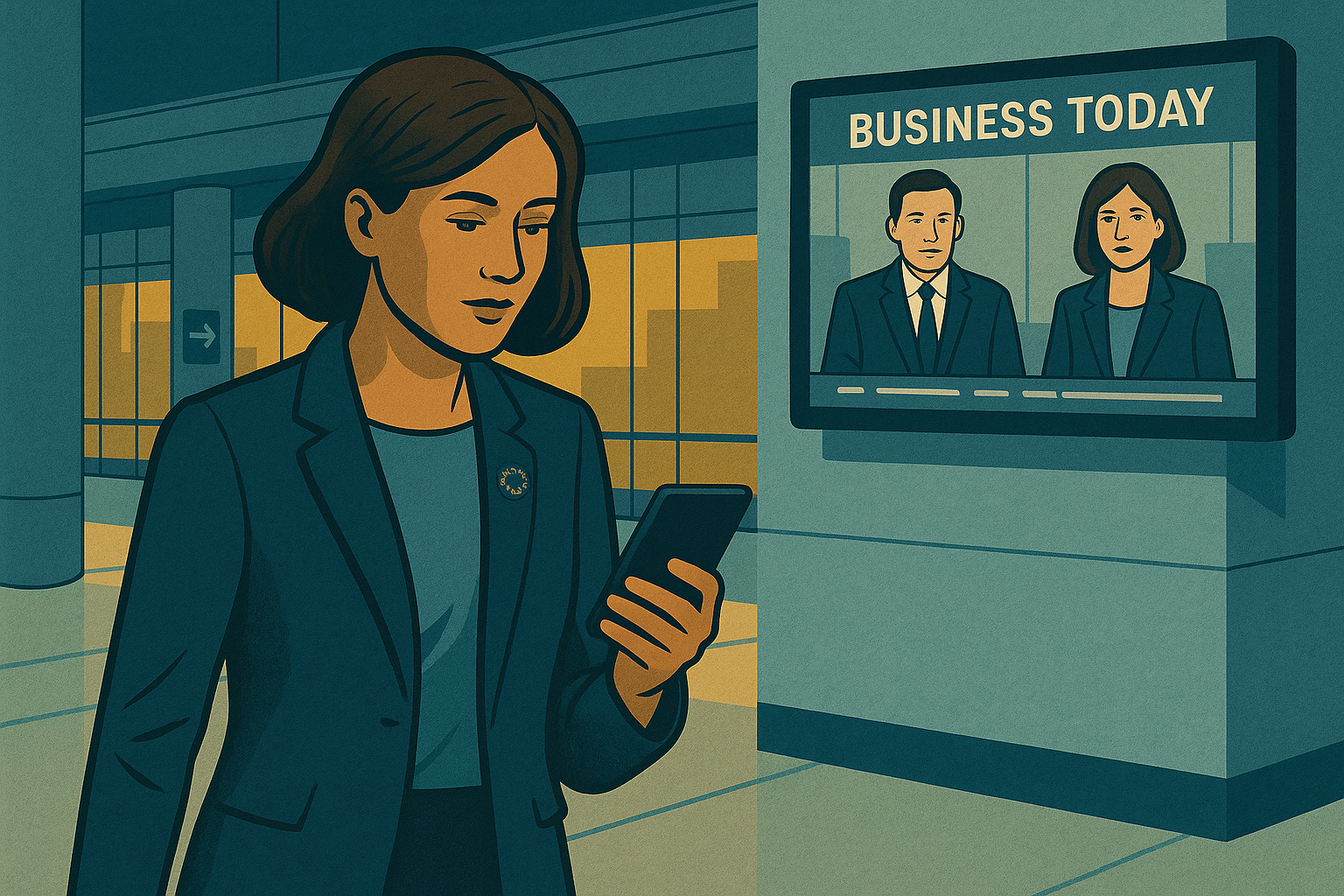The euro has raced 13% higher against the dollar since January, touching a peak of $1.24 on 1 July before settling near $1.17. Fully 9% of that gain arrived in the second quarter — the sharpest quarterly leap since 2010 — as a combination of euro-zone economic momentum, a tariff-weakened dollar, and expectations of lower U.S. interest rates triggered the move. Germany’s €60 bn fiscal stimulus further fuelled demand for the single currency.
With the euro’s ascent arriving just days before the start of the crucial Q2 earnings season, listed exporters are feeling the pressure. Analysts estimate that a sustained 10% appreciation in the euro trims 2–3% from aggregate European corporate profits. According to BNP Paribas, every 10% rise in EUR/USD slices between 2% and 3% off STOXX 600 earnings. “Each one-cent uptick erodes annual sales by around €30 m,” warned SAP, Europe’s largest software group. For carmakers, the pain is compounded: Stellantis faces a €0.3 bn tariff drag in the first half, with every five-cent rise in the euro costing a percentage point of margin. Volkswagen CFOs disclosed that “12% of operating income is at risk from tariffs,” with currency moves worsening the impact.
Luxury conglomerate LVMH, meanwhile, estimates that a 5% euro gain knocks €120 m off EBIT, as softer Chinese demand narrows cushions elsewhere. Sector strategists at Barclays calculate that 60% of STOXX 600 revenues are non-euro, with half of that exposure tied to the U.S. currency — suggesting as much as €25 bn could be lost from European corporate top lines this year.
The causes of the euro rally are manifold. The U.S. dollar has dropped 10% since the April launch of new tariffs, spurring investors to rotate into euro assets seen as insulated from the trade spat. Germany’s two-year fiscal push has tightened rate spreads, while the European Central Bank’s recent meeting minutes flagged concerns that a stronger currency could dent credit demand. Eurozone assets continue to benefit from safe-haven demand, with current-account surpluses and bunds still regarded as global hedges.
Markets are now pricing in the impact. The Euro Stoxx “exporter basket” has underperformed the broader STOXX 600 by 6 percentage points since April, while 10-year Bund yields hover near 2.30% as investors bet the ECB will be forced to respond. Vice-President Luis de Guindos recently described $1.20 as “tolerable, but not higher,” drawing a firm line. Money-markets have trimmed bets on future ECB rate hikes, now pricing a terminal rate of just 1.50%.
Earnings forecasts for Europe’s biggest exporters are falling as a result. Refinitiv I/B/E/S consensus estimates for the next 10 days show LVMH’s earnings per share trimmed by 4% over the past quarter, Airbus by 6%, and Volkswagen by 8%. Stellantis faces the largest downgrade — an 11% drop — as tariffs and FX create a “double-whammy.” Many firms, including Volkswagen, report that hedges put in place when the euro was near $1.10 are set to expire in 2025, raising the risk of a second wave of earnings hits if currency strength persists.
With policy and market signals both flashing warning lights, attention now turns to whether the ECB will act — or if the strong euro will continue to squeeze European exporters through the rest of the year.


